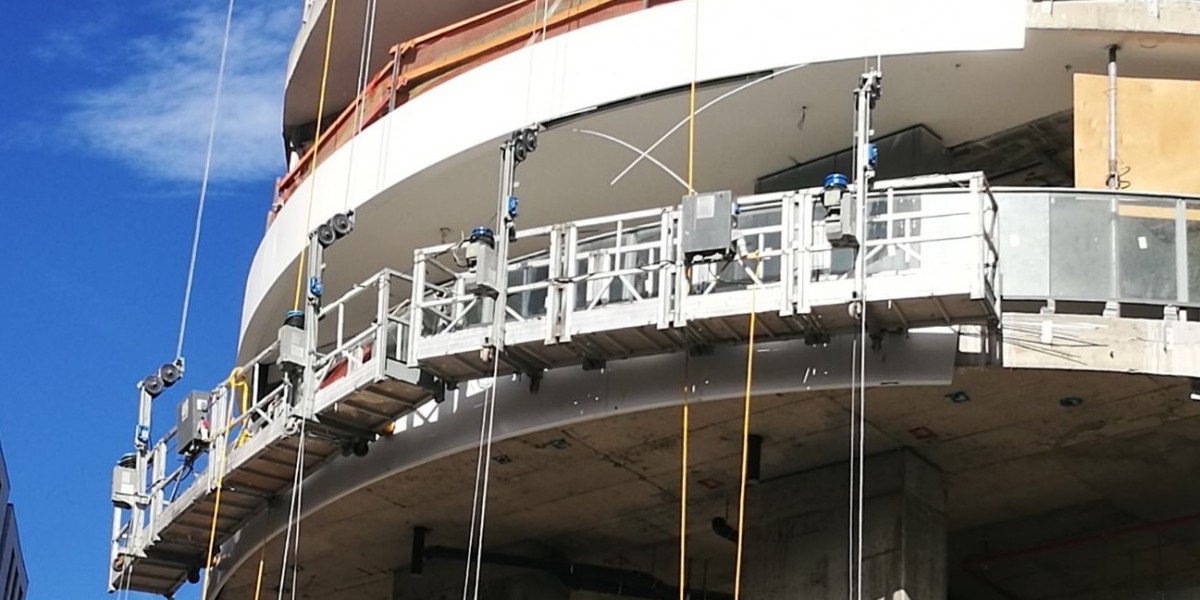The adoption of smart technology is transforming industries, including construction and maintenance. Suspended platforms, widely used for working at heights, are now integrating smart features to improve safety, efficiency, and overall functionality. These advancements are shaping the future of high-rise operations. Here’s a detailed exploration of how smart features are enhancing suspended platforms.
1. Real-Time Monitoring Systems
Smart platforms equipped with sensors and connected devices allow for real-time monitoring of operational parameters. These systems track load weight, tilt angles, and cable tension, ensuring that equipment operates within safe limits. Immediate alerts for abnormalities can prevent accidents and equipment failure.
2.Automated Positioning
Integrating GPS and advanced control systems enables precise positioning of platforms. Workers can navigate complex building facades with greater accuracy, reducing manual adjustments. Automated positioning saves time and enhances productivity, particularly in large-scale projects.
3. Predictive Maintenance
Smart features like condition monitoring and data analytics facilitate predictive maintenance. These tools analyze usage patterns, detect wear, and forecast when components need servicing. This approach minimizes unexpected downtime and extends the equipment’s lifespan.
4. Enhanced Communication Tools
Smart platforms often include built-in communication systems, such as wireless intercoms and data-sharing capabilities. These tools improve coordination between operators and ground teams, ensuring smooth execution of tasks and quick responses to emergencies.
5. Energy Efficiency
Innovative features like regenerative braking systems and power optimization technology reduce energy consumption. These advancements not only lower operating costs but also contribute to sustainable practices in construction and maintenance activities.
6. Safety Enhancements
Smart platforms incorporate features like automated braking, overload detection, and emergency descent systems. These technologies enhance worker safety by reducing the likelihood of human error and responding instantly to potential hazards.
7. Integration with Building Systems
Modern platforms can sync with building management systems for seamless integration. For example, sensors on the platform can communicate with smart windows or automated facade systems to coordinate maintenance schedules effectively.
Conclusion
Smart features are revolutionizing suspended platforms, making them safer, more efficient, and adaptable to modern challenges. By incorporating real-time monitoring, predictive maintenance, and advanced safety mechanisms, these innovations are redefining how work at heights is performed. Embracing smart technologies ensures that industries stay ahead in both productivity and safety standards. If you are looking the best lightweight access platforms, Visit this website.



